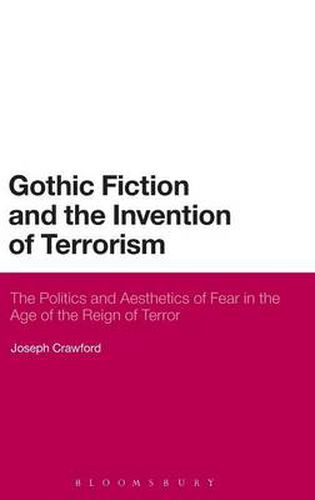Readings Newsletter
Become a Readings Member to make your shopping experience even easier.
Sign in or sign up for free!
You’re not far away from qualifying for FREE standard shipping within Australia
You’ve qualified for FREE standard shipping within Australia
The cart is loading…






Choice Outstanding Academic Title 2014
This book examines the connections between the growth of'terror fiction’ - the genre now known as ‘Gothic’ - in the late eighteenthcentury, and the simultaneous appearance of the conceptual origins of'terrorism’ as a category of political action. In the 1790s, Crawford argues, fourinter-connected bodies of writing arose in Britain: the historical mythology ofthe French Revolution, the political rhetoric of ‘terrorism’, the genre ofpolitical conspiracy theory, and the literary genre of Gothic fiction, known atthe time as ‘terrorist novel writing’. All four bodies of writing drew heavilyupon one another, in order to articulate their shared sense of the radical andmonstrous otherness of the extremes of human evil, a sense which was quite newto the eighteenth century, but has remained central to the ways in which wehave thought and written about evil and violence ever since.
$9.00 standard shipping within Australia
FREE standard shipping within Australia for orders over $100.00
Express & International shipping calculated at checkout
Choice Outstanding Academic Title 2014
This book examines the connections between the growth of'terror fiction’ - the genre now known as ‘Gothic’ - in the late eighteenthcentury, and the simultaneous appearance of the conceptual origins of'terrorism’ as a category of political action. In the 1790s, Crawford argues, fourinter-connected bodies of writing arose in Britain: the historical mythology ofthe French Revolution, the political rhetoric of ‘terrorism’, the genre ofpolitical conspiracy theory, and the literary genre of Gothic fiction, known atthe time as ‘terrorist novel writing’. All four bodies of writing drew heavilyupon one another, in order to articulate their shared sense of the radical andmonstrous otherness of the extremes of human evil, a sense which was quite newto the eighteenth century, but has remained central to the ways in which wehave thought and written about evil and violence ever since.